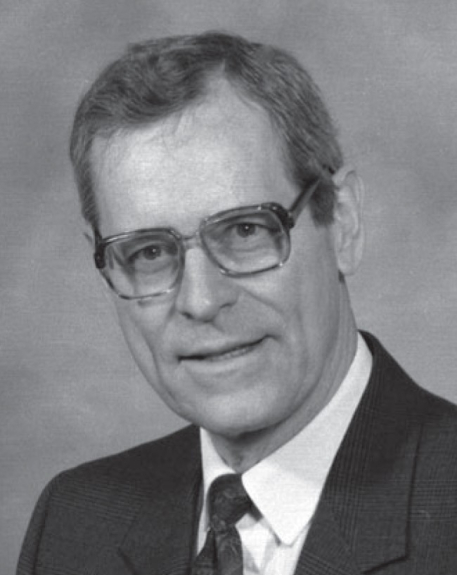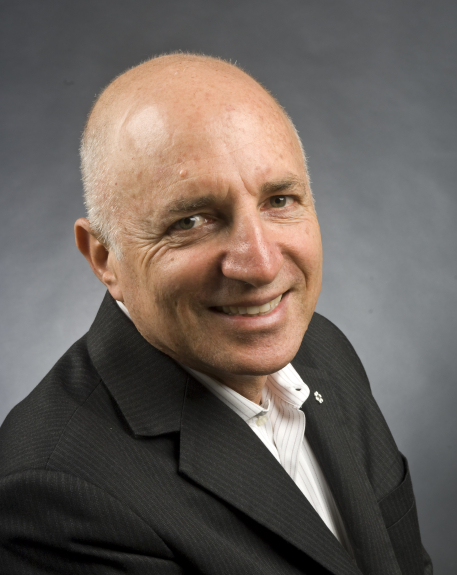1995 INDUCTEE Charles P. Leblond, MD PhD Cells, Genetics & Genomics
February 5, 1910
(Lille, France)
April 10, 2007
MD, University of Paris (1934)
PhD, McGill University (1942)
2001: Grand Officer of the Ordre National du Québec
2000: Companion, Order of Canada
See All AwardsAwards & Honours:
2001: Grand Officer of the Ordre National du Québec
2000: Companion, Order of Canada
1999: Companion of the Order of Canada
1992: Prix du Québec
1988: Fellow of the Royal Microscopical Society, UK
1988: Honorary DSc, Sherbrooke University
1986: Honorary DSc, York University
1986: Duncan Graham Award, Royal College of Physicians and Surgeons of Canada
1985: Honorary DSc, University of Montreal
1983: McLaughlin Medal, Royal Society of Canada
1982: Honorary DSc, McGill University
1982: E-B Wilson Award, American Society for Cell Biology
1979: J.C.B. Grant Award, Canadian Association of Anatomists
1979: Centennial Award, American Association of Anatomists
1978: Henry Grey Award, American Association of Anatomists
1974: Isaac Schour Award, International Association for Dental Research
1972: Honorary DSc, Acadia University
1970: American Academy of Arts and Sciences
1965: Canada Gairdner International Award
1965: Fellow of the Royal Society, London, UK
1961: Flavelle Medal, Royal Society of Canada
1951: Fellow of the Royal Society of Canada
1935: Prix Saintour, French Academy
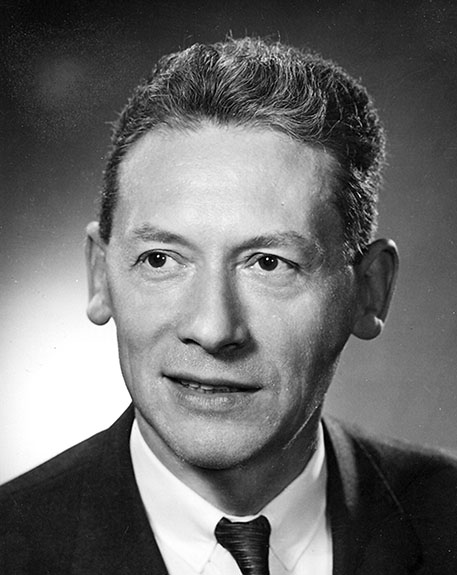
Developed a ground-breaking technique to visualize radioactive tissues and cells
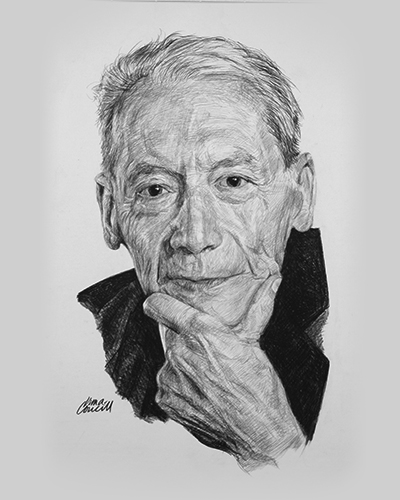
A Canadian leader in cell biology and anatomy
Dr. Leblond was responsible for the development of a number of essential techniques advancing the field of anatomy and cell biology. In particular, the technique of autoradiography has been critical in allowing researchers to visualize radioactively labelled tissues and/or cells under the microscope. Many of his concepts were considered to be unconventional at the time, but his progressive thought and meticulous methodology endured. His discoveries had a tremendous impact on the scientific community and led to many important discoveries that fundamentally advanced our understanding of anatomy and cell biology.
Key Facts
Identified stem cells and their significant implications in clinical research
Discovered the Golgi Apparatus’ functional role in living cells
Developed a new understanding of the cell cycle
Demonstrated that cells undergo continuous renewal and continually synthesize proteins
Professional timeline
Impact on lives today
Dr. Leblond was a prolific researcher and authored more than 430 publications throughout his distinguished career. His work profoundly changed the understanding of cell biology and laid an important foundation for future generations of scientists. His innovative technique, developed decades ago, remains a relevant technique for modern molecular biologists even today.
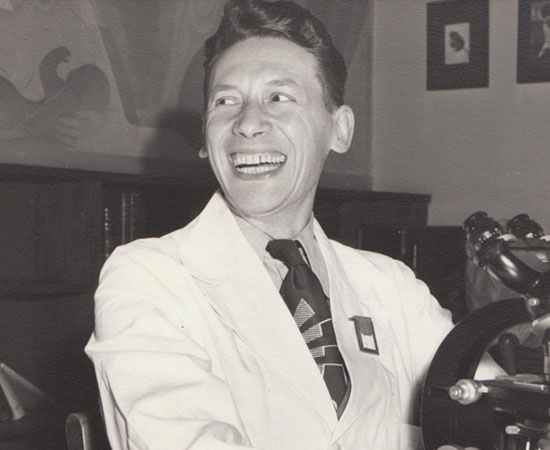
1995
-
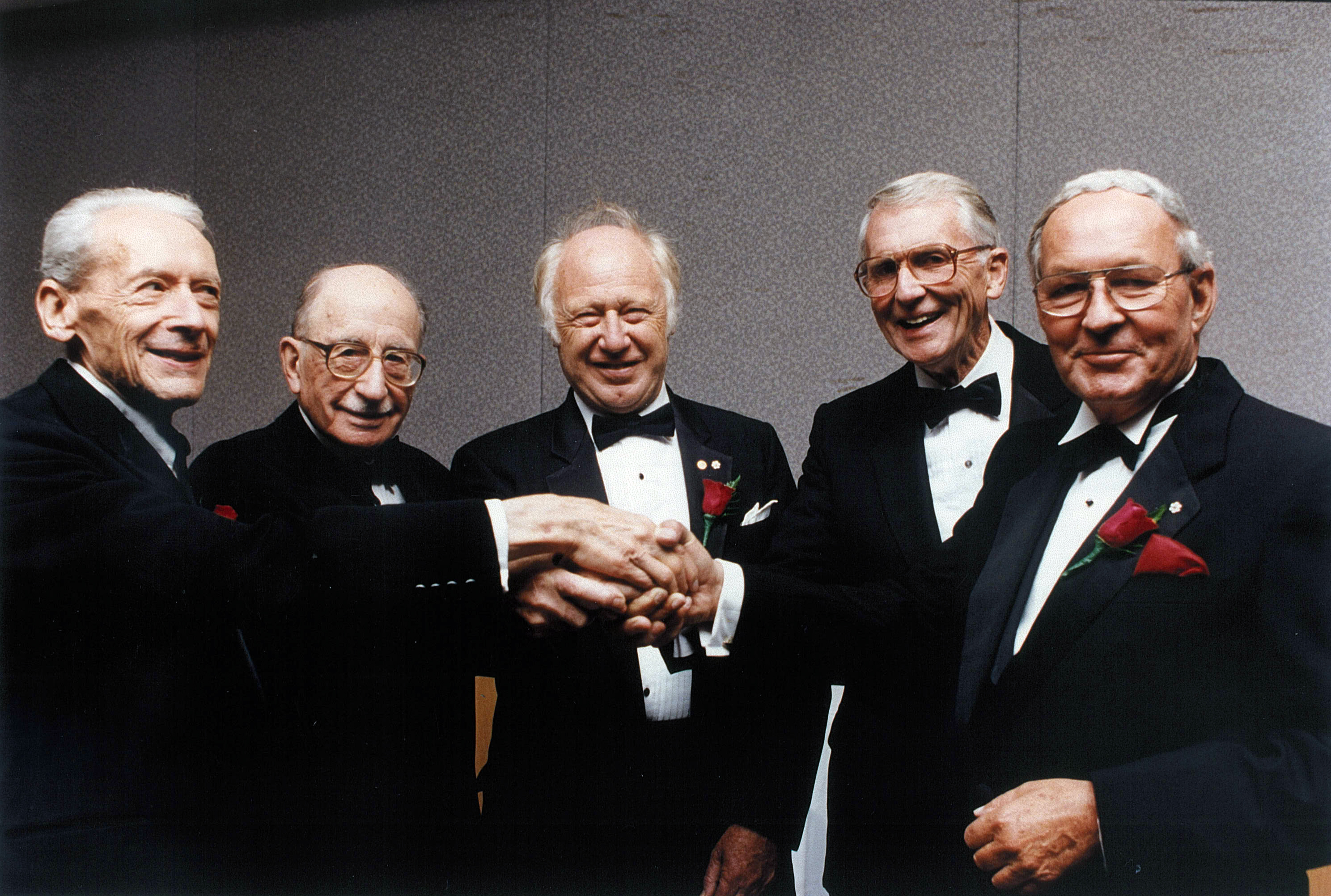
Charles Leblond inducted into the Canadian Medical Hall of Fame
Pictured L-R: Inductees Charles Leblond MD, Herbert Jasper MD PhD, Michael Smith PhD, Henry Barnett MD, Robert Salter MD at ceremony in London, Ontario
-
Leblond remained a leader in cell biology and anatomy for over four decades
Cells, Genetics & Genomics, Leadership in Organizational DevelopmentHe made particularly important contributions in understanding iodine metabolism and the function and turnover of cells lining the interior wall of the intestines.
-
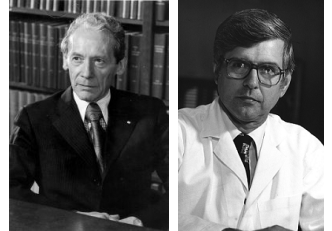
Along with his student Yves Clermont, Dr. Charles Leblond discovered the first mammalian stem cells
Cells, Genetics & GenomicsThat same year, they presented their theory of stem cell renewal that argued differential cells divided to produce undifferentiated cells, which they called stem cells. This discovery played a key role in the development of the field of regenerative medicine.
-
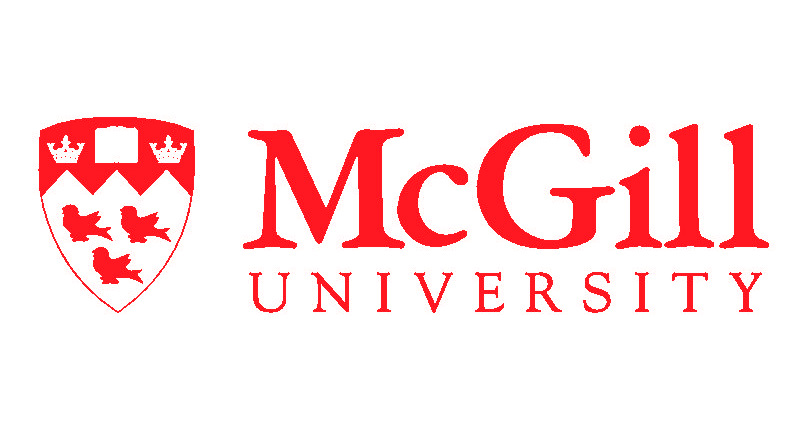
At McGill, Dr. Charles Leblond found the opportunity to attempt his autoradiography experiment again, this time using an isotope with a longer half-life
Cells, Genetics & GenomicsThis study showed that all cells incorporated radioactive labels, allowing scientists to view cells under a microscope to study cell function and development, as well as the observation of many dynamic biological processes.
-
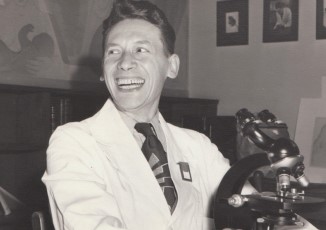
Leblond arrived in Montreal with his family and began a long and successful career as a professor and researcher at McGill University.
Leadership in Organizational Development, Health and Medical Education & TrainingHe served as chair of the Department of Anatomy from 1957 to 1974.
-
In France, Leblond conducted his first experiment to label radioactive molecules in the thyroid.
Cells, Genetics & GenomicsUsing autoradiography, a method of localizing radioactive elements on tissue, he found that he must use a radioisotope with a longer half-life for his future studies.
-
After securing a Rockefeller postdoctoral fellowship, Leblond attended Yale University.
In the Department of Anatomy, he developed an interest in radioisotopes. It was this particular interest that took him back to France.
-
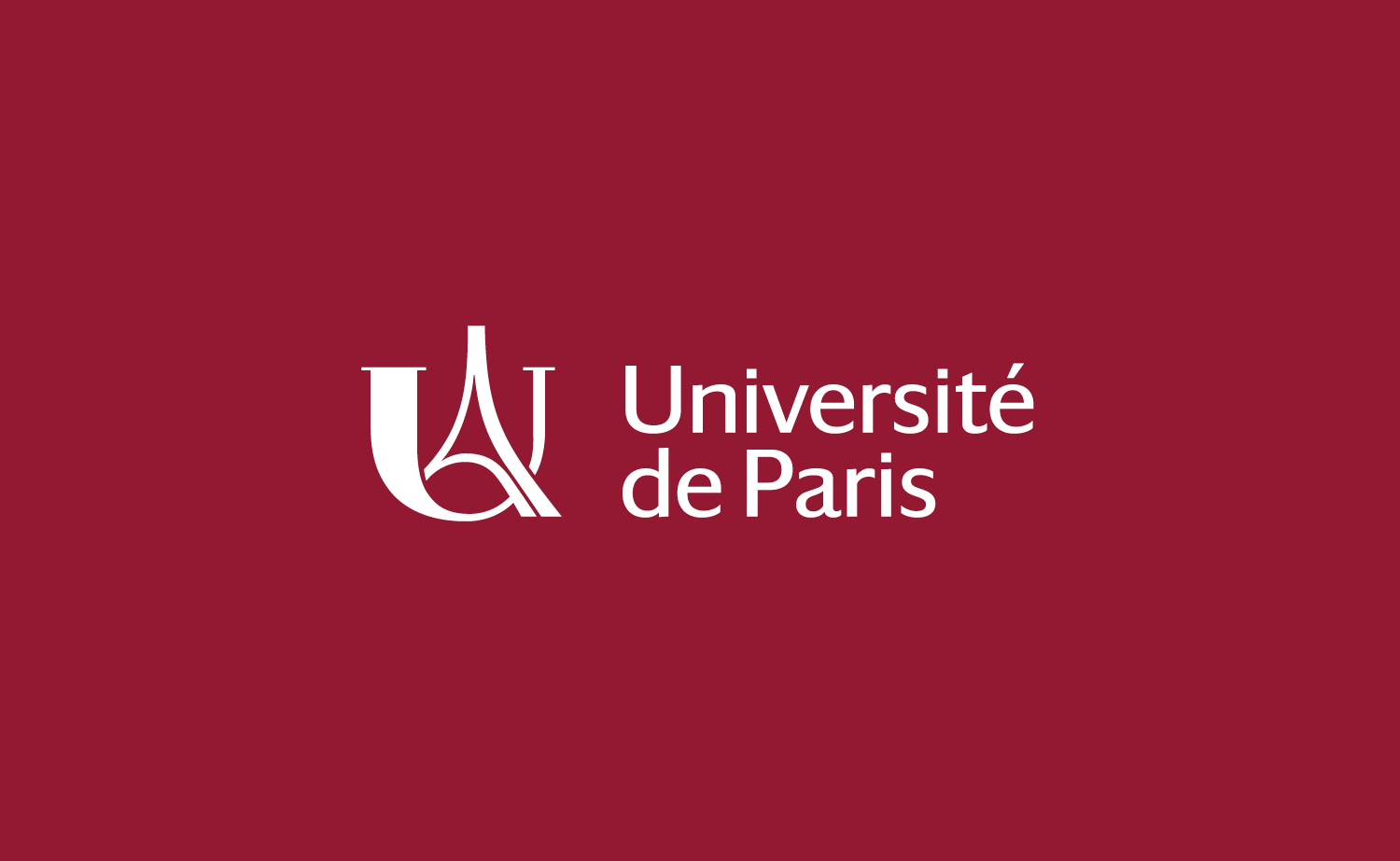
He graduated with a degree in medicine from the University of Paris in 1934.
1934
He is recognized as Canada’s leader in biology and anatomy.

